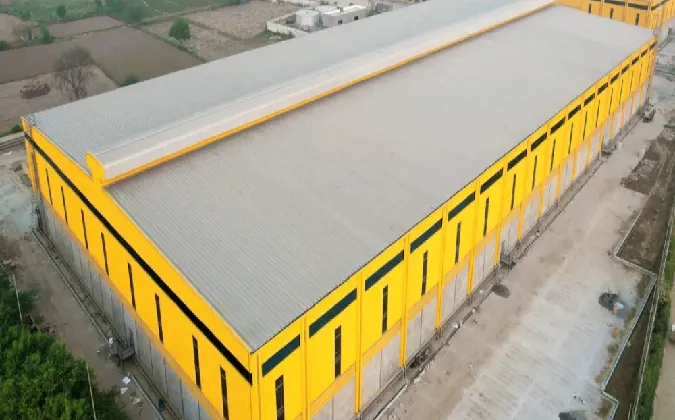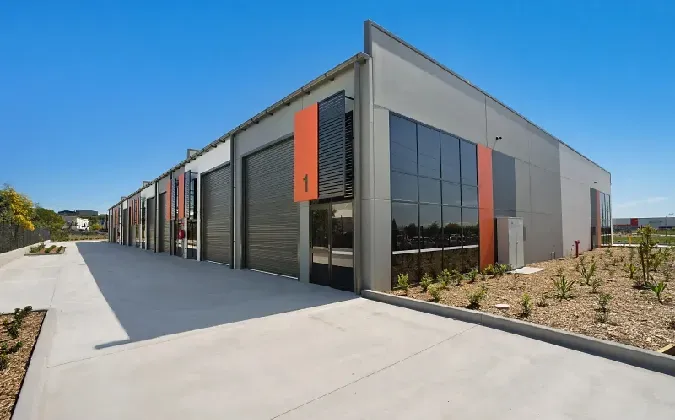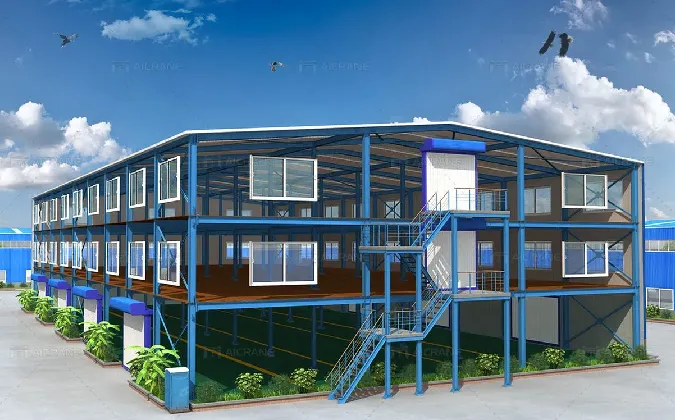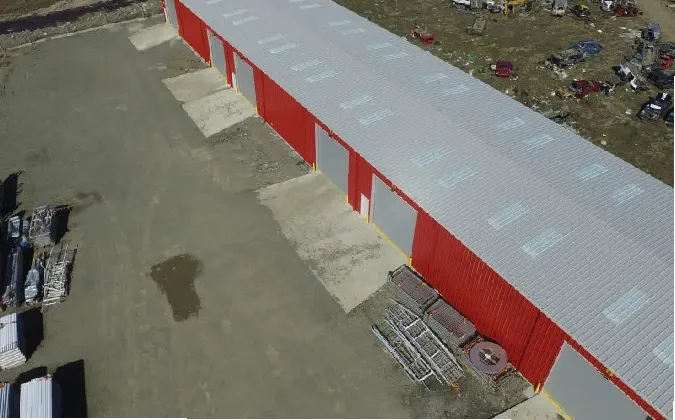- Afrikaans
- Albanian
- Amharic
- Arabic
- Armenian
- Azerbaijani
- Basque
- Belarusian
- Bengali
- Bosnian
- Bulgarian
- Catalan
- Cebuano
- Corsican
- Croatian
- Czech
- Danish
- Dutch
- English
- Esperanto
- Estonian
- Finnish
- French
- Frisian
- Galician
- Georgian
- German
- Greek
- Gujarati
- Haitian Creole
- hausa
- hawaiian
- Hebrew
- Hindi
- Miao
- Hungarian
- Icelandic
- igbo
- Indonesian
- irish
- Italian
- Japanese
- Javanese
- Kannada
- kazakh
- Khmer
- Rwandese
- Korean
- Kurdish
- Kyrgyz
- Lao
- Latin
- Latvian
- Lithuanian
- Luxembourgish
- Macedonian
- Malgashi
- Malay
- Malayalam
- Maltese
- Maori
- Marathi
- Mongolian
- Myanmar
- Nepali
- Norwegian
- Norwegian
- Occitan
- Pashto
- Persian
- Polish
- Portuguese
- Punjabi
- Romanian
- Russian
- Samoan
- Scottish Gaelic
- Serbian
- Sesotho
- Shona
- Sindhi
- Sinhala
- Slovak
- Slovenian
- Somali
- Spanish
- Sundanese
- Swahili
- Swedish
- Tagalog
- Tajik
- Tamil
- Tatar
- Telugu
- Thai
- Turkish
- Turkmen
- Ukrainian
- Urdu
- Uighur
- Uzbek
- Vietnamese
- Welsh
- Bantu
- Yiddish
- Yoruba
- Zulu
Aug . 12, 2024 09:46 Back to list
Steel Structure Factory Buildings A Modern Approach to Industrial Architecture
In today's rapidly evolving industrial landscape, factory buildings are at the forefront of architectural innovation. Among various construction methods, steel structure factory buildings stand out as an emblem of efficiency, durability, and sustainability. These structures are designed not only to meet the functional requirements of manufacturing but also to adapt to the dynamic needs of modern industries.
The Benefits of Steel Structures
One of the most significant advantages of using steel in construction is its strength-to-weight ratio. Steel offers high tensile strength, which allows for the creation of large spans without the need for excessive support columns. This feature is crucial in factory buildings where open floor space is essential for machinery and workflow. A steel structure can support heavy loads while maintaining a lighter frame, facilitating more flexible interior layouts.
Another primary benefit of steel is its durability. Steel buildings are highly resistant to harsh environmental conditions such as extreme weather, pests, and fire, which ensures a longer lifespan compared to conventional materials like wood or concrete. The resilience of steel structures reduces maintenance costs and extends the operational life of factories, making them a cost-effective option in the long run.
Additionally, the speed of construction with steel frames is a considerable advantage. Prefabrication techniques allow significant portions of the structure to be manufactured off-site, minimizing on-site construction time. This rapid assembly process enables factories to commence operations sooner, allowing businesses to capitalize on market opportunities without delay.
Sustainability in Steel Construction
Sustainability is an increasingly important consideration in the construction industry, and steel structures are at the helm of this movement. Steel is a highly recyclable material, with the potential to be reused multiple times without any loss of quality. The incorporation of recycled steel significantly reduces the carbon footprint associated with construction. Furthermore, the production of steel from recycled materials consumes less energy than producing it from raw iron ore, making steel a more environmentally friendly option.
steel structure factory building

Additionally, modern steel factories can implement energy-efficient designs, including natural lighting systems, advanced HVAC systems, and insulation technologies, reducing overall energy consumption. These features not only contribute to lower operational costs but also enhance the comfort and productivity of workers.
Flexibility and Modification
The adaptability of steel structure factory buildings is another key factor in their growing popularity. Manufacturers often need to scale operations up or down based on market demands, and steel buildings can accommodate this flexibility. Expansion can be achieved by adding additional steel frames or modifying existing structures with relative ease, allowing manufacturers to pivot quickly in response to changing business conditions.
The Aesthetic Appeal
While functionality is paramount, aesthetics also play a vital role in factory design. Steel structures can be designed with sleek, modern finishes that challenge the traditional image of industrial buildings. Architects increasingly focus on creating visually appealing factories that can foster a sense of pride among employees and showcase a company’s commitment to innovation and sustainability.
Conclusion
In conclusion, steel structure factory buildings represent a forward-thinking approach to industrial architecture. Their myriad advantages, including strength, durability, speed of construction, sustainability, and flexibility, make them an ideal choice for modern manufacturing needs. As industries continue to evolve, the significance of adopting innovative building solutions like steel structures will become even more pronounced, underscoring the need for facilities that are not only functional but also environmentally responsible and adaptable to future demands. The future of industrial architecture unquestionably shines bright with steel at its core.
-
Steel Frame Factory with Insulated Roof Panels
NewsAug.14,2025
-
Prefab Metal Building with Insulation Package Options
NewsAug.14,2025
-
Industrial Steel Sheds for Temporary Workshop Use
NewsAug.14,2025
-
Metal Workshops Featuring Corrugated Steel Roofs
NewsAug.14,2025
-
Modular Steel Frame Excellence: Our Pursuit of Perfection
NewsAug.14,2025
-
Metal Garage Kits Crafted with Customer Satisfaction at Heart
NewsAug.14,2025
Products categories
Our Latest News
We have a professional design team and an excellent production and construction team.












